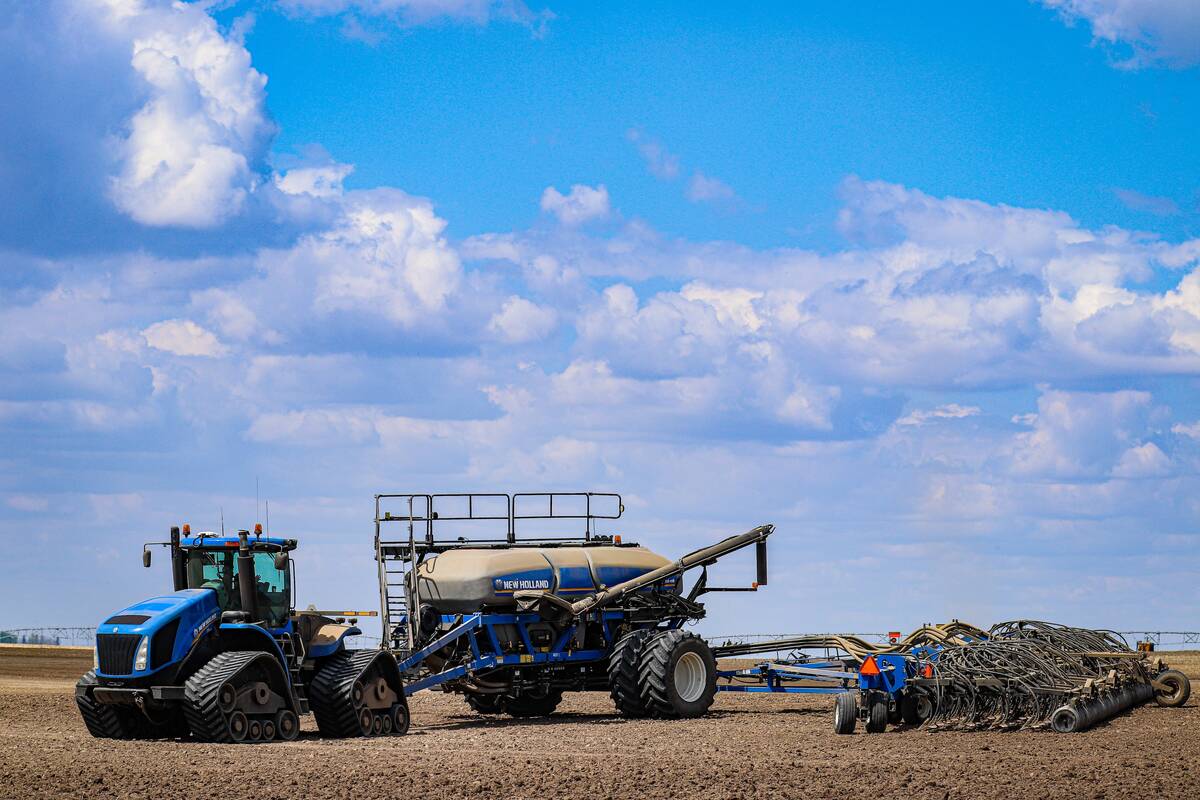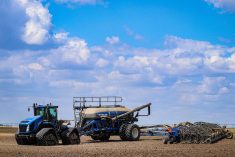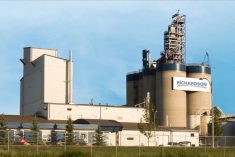WINNIPEG — Forage crops in Western Canada are in a much better place this spring compared to a year ago because the early arrival of spring will benefit crop development.
The milder winter was also beneficial in preserving forage supplies, with feed stocks adequate to good in many regions, said Terry Kowalchuk, provincial forage specialist with the Saskatchewan agriculture ministry.
In most of the Prairies, forages and pastureland are still a few weeks away from greening up because soil temperatures remain on the cold side.
“In central Alberta, we’re just seeing the occasional bleed of green in the fields; they still look pretty brown,” said Harry Brook, crop specialist with the Alberta Agriculture Info Centre.
Read Also

NFU says proposed plant breeders’ rights come at farmers’ expense
The National Farmers Union is pushing back against changes to the Plant Breeders’ Rights Act that would narrow the scope of farmers’ right to save seed or propagate crops from cuttings and tubers.
“I’m noticing that some of the water that was sitting on the surface is now starting to percolate as the frost comes out of the soil, so it’s starting to infiltrate,” Kowalchuk said, adding that soil moisture levels are generally good throughout the province.
In Alberta, many regions have good enough moisture levels in the soil to help get crops off to a good start, though the Peace region is still on the dry side, Brook said.
There are also some worries about dryness in parts of southern Manitoba, though there’s still plenty of time for spring rain to add moisture into the soils, according to officials with Agriculture Canada’s Drought Watch department.
As long as weather remains on the warmer side across the Prairies for the remainder of the growing season, forage crops are likely to have a good year in 2015-16.
“We’re getting some nice stretches of above freezing temperatures, even at night. So, as long as that doesn’t shift and we don’t get any cold fronts coming from the north, I think we’re in pretty good shape,” Kowalchuk added.
It will still be a while before any forage crops are ready for grazing, but some varieties will mature sooner than others.
“Some species, like crested wheat, can get started really early, so they should be able to get them (cattle) out fairly soon,” Kowalchuk noted.
Native pastureland will likely be untouched until early June because farmers will want to preserve it for as long as possible.
“Every time you put them out early, you’re basically foregoing re-growth potential by abusing your grasses,” Brook noted.
















